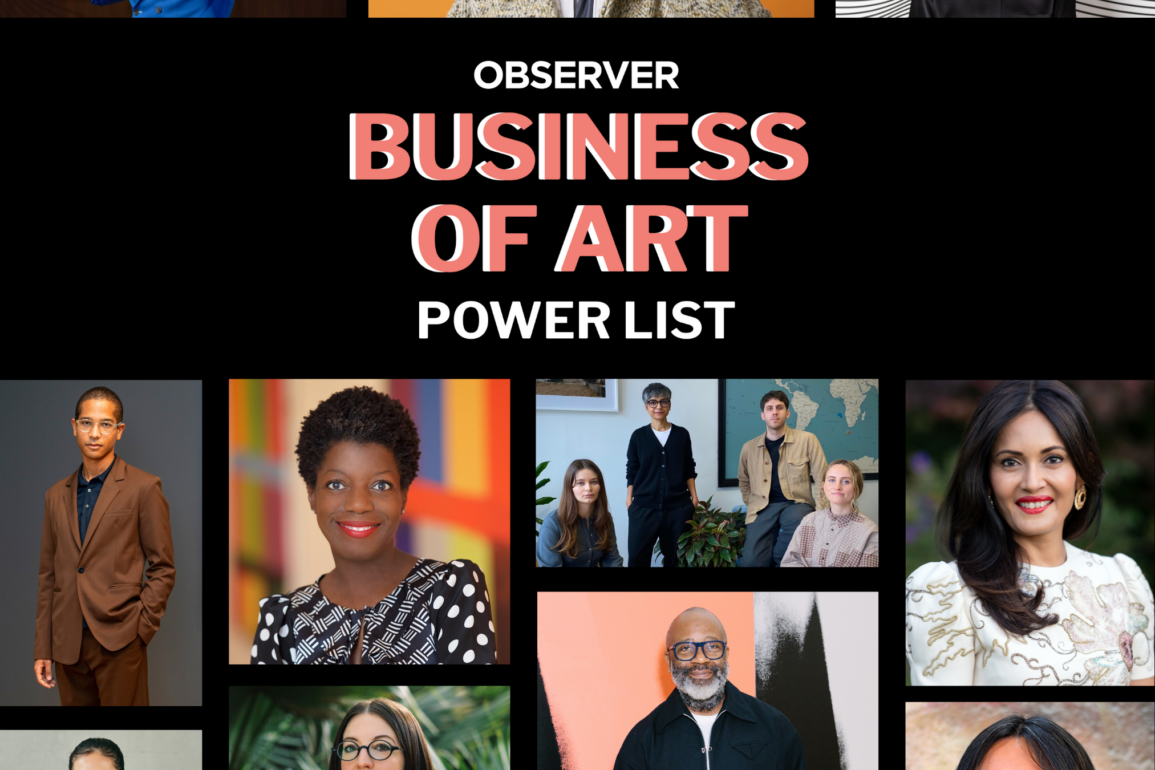
This year has been a wild ride for the art world, with pandemic-fueled hype fizzling out and a hard market plunge reminding everyone that even the glitziest markets are subject to gravity. With secondary market sales down 29 percent from last year, the once-thriving ultra-contemporary sector has seen a sharp 39 percent decline, according to an Artnet and Morgan Stanley Intelligence Report covering key art hubs from New York to Hong Kong. It’s been a reality check: headline-generating auction records and splashy debuts are scarcer as the art world clings to safer bets, focusing on museum-quality consignments and the ever-iconic works of old.
Gone are the recent years’ major consignments like the Peggy and David Rockefeller, Paul G. Allen and Macklowe collections that once electrified the auction floor. Today’s sporadic marquee consignment events are fueled by an ongoing global wealth transfer, where assets like art are passed down with fanfare. Sure, New York is still the undisputed art capital, but it’s got some serious competition with Hong Kong’s star on the rise, as new wealth and cultural vigor in South Asia create fertile ground for its growth. As the head of Sotheby’s Modern Art in Asia, Felix Kwok told Observer, “The entirety of Asia is going through a transformation in terms of what art means to people and localities.” He isn’t kidding—Hong Kong’s value for masterpieces quintupling from $90.6 million in 2013 is evidence of that, with contemporary and ultra-contemporary works reaching $269.4 million and $206.1 million recently. Whether all this private money in the arts will lead to greater independence from government influence—or deliver the creative freedom artists crave—remains in the air.
Meanwhile, Paris has swaggered back onto the cultural stage, aided by Brexit and pandemic dynamics. With Art Basel firmly in residence, the city enjoyed a cool $1 billion in art sales between 2021-2022 before dipping to $864 million in 2023. Yet Paris still holds a 30 percent increase from 2013—a remarkable rise, in stark contrast to London’s struggles, where sales plummeted from $473.6 million in 2014 to a modest $216 million in 2023. For some, this is classic British restraint; for others, it’s evidence that Paris has recaptured its long-lost art capital crown.
Galleries, too, have been forced to pivot. Pandemic-era PDF sales no longer fly in 2024—today’s collectors want personal touchpoints, so galleries are back to wooing buyers and institutions in person. It’s not a scene for pandemic-era speculators, many of whom have now quietly exited, citing “personal reasons” as they slip away from the spotlight. In their place are discerning collectors focused on artists with established track records and institutional backing to build long-term careers.
Art fairs worldwide continue to grow—and they’re big on spectacle. No longer just trading floors for art, today’s fairs cater to crowds seeking “experiences” over acquisitions, aiming to win over audiences who crave more than a sales pitch. Amid these shifting priorities, speculators who once treated art like stocks have exited, leaving behind serious collectors who still see value in a canvas rather than a quick return.
Institutions, meanwhile, are deep in post-Covid introspection, grappling with accessibility, ownership and existential challenges in keeping museum doors open. Some, like New York’s Rubin Museum, have simply closed their physical spaces, while others are charging forward with innovative strategies to re-envision what museums can be in 2024. Atlanta’s High Museum of Art has taken a bold approach, adding works by women, LGBTQ and BIPOC artists, cutting admission prices, and expanding with family-friendly spaces. The Andy Warhol Museum’s Pop District initiative diversifies its revenue like never before. The Denver Art Museum re-hung its Indigenous collections through close collaboration with Native communities, proving that art spaces need not just to diversify but to connect.
Philanthropy is still casting for the next big figure (a Komal Shah type) to lead with both dollars and vision. In the meantime, the art market is cautiously adapting to these changes. Major players are watching closely as new buyers emerge from younger generations and new regions, testing the waters to see how these audiences will engage with art once life returns to its usual rhythm. According to those in the know, the market readjustment was inevitable—a necessary shake-up after the pandemic’s frenzy. And now, as the players below show, the game changers and market leaders are the ones who will shape the art world’s next chapter.
A project of this scope requires immense collaboration and dedication. Thank you to the following individuals for their contributions: Christa Terry (Observer Arts Editor), Elisa Carollo (Observer Arts Reporter), Mana Taylor (Freelance Arts Reporter), Sonia Rubeck (Observer Editorial Assistant), Su Ertekin-Taner (Arts Intern) and Merin Curotto (Observer Head of Content Strategy).
This post was originally published on this site be sure to check out more of their content








